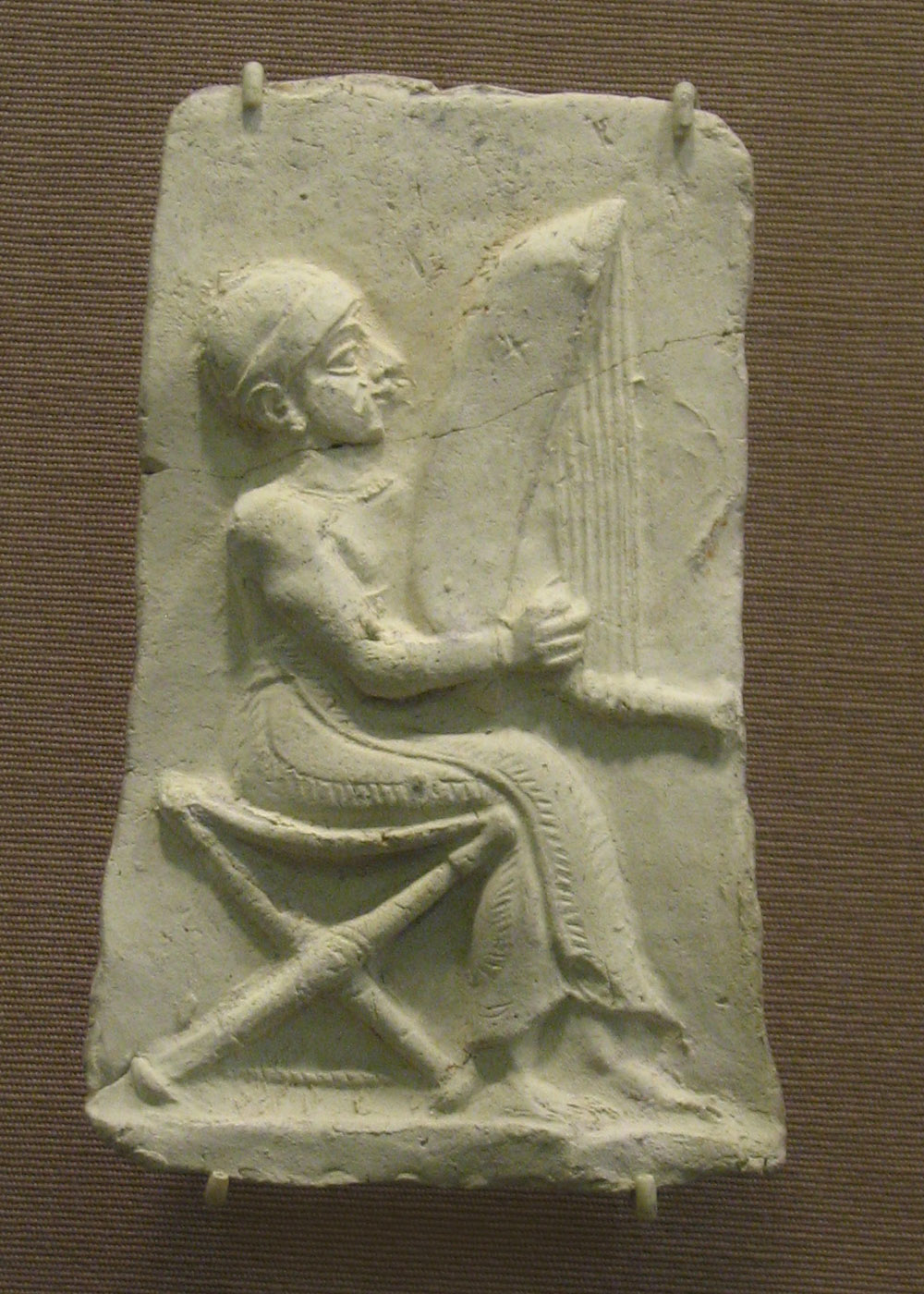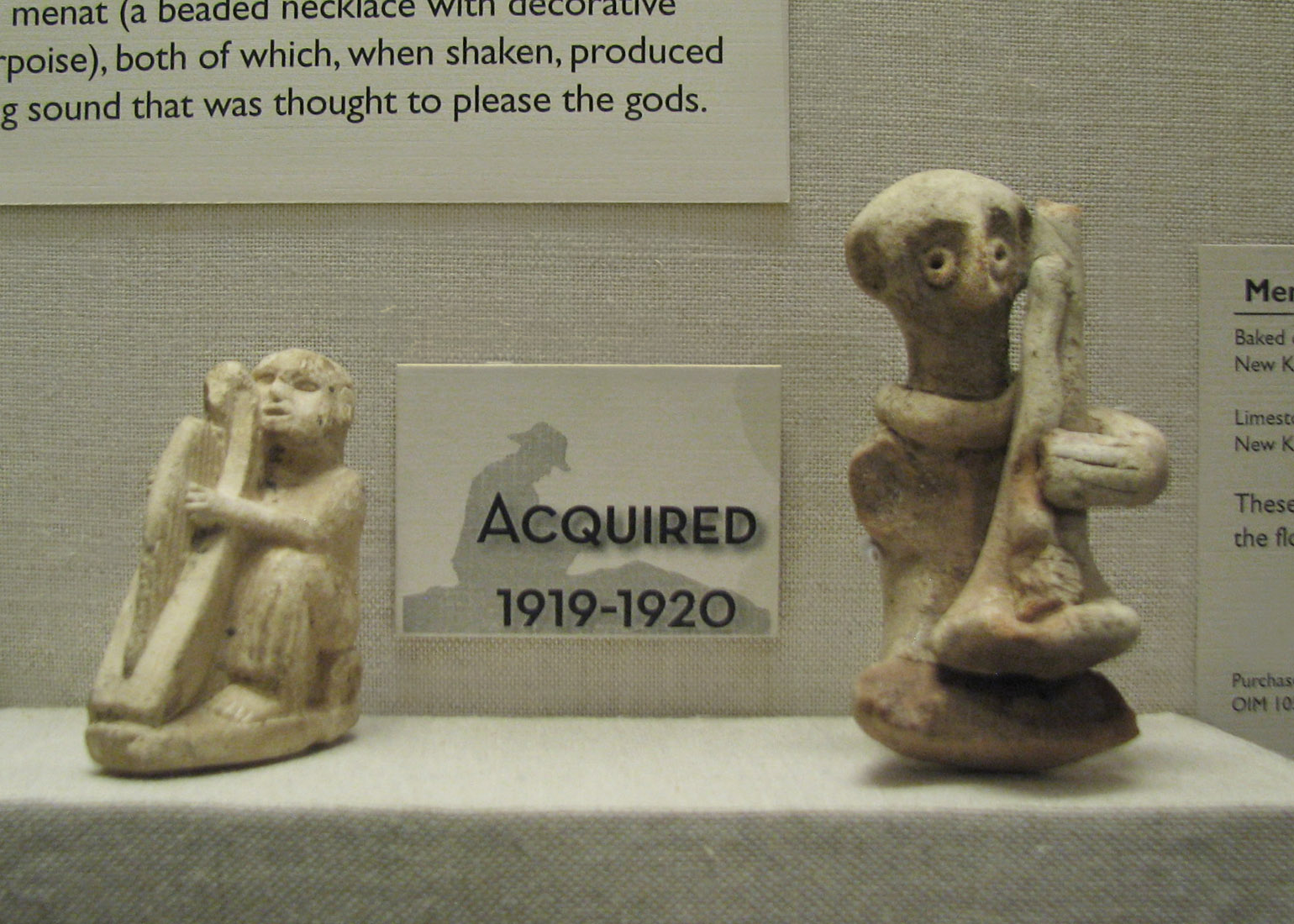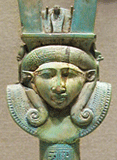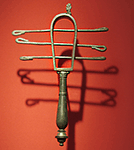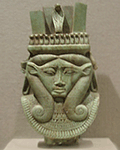
Sunday, November 7, 2010 B
"Old Time Rock and Roll"
2:36pm
They didn't play Bob Seger's song, but I'd have sung along to that one, too:
"Old time rock and roll, that kind of music just soothes the soul,
Later this weekend, I was digging in my photo archives and found evidence of REALLY old time music!
"I reminisce about the days of old with that old time rock and roll..."
